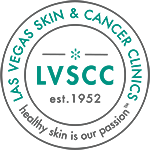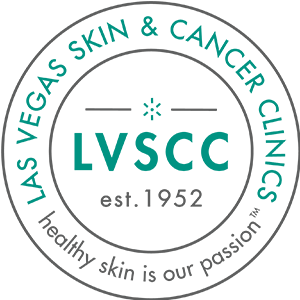About Fungal Infection of the Skin
What is it?
Tinea versicolor, sometimes called pityriasis versicolor, is a fungal/yeast skin infection that causes small oval discolored patches to develop on the skin. These patches may be lighter or darker in color than the surrounding skin and most commonly affect the trunk and shoulders. This fungal infections of the skin occurs most frequently in teens and young adults and sun exposure may make it more apparent. Tinea versicolor, which is also called pityriasis versicolor, is not painful or contagious. But it can lead to emotional distress or self-consciousness. Tinea versicolor often recurs, especially in warm, humid weather.
Characteristics
Fungal infections of the skin are common and can affect various parts of the body, including the feet (athlete’s foot), groin (jock itch), scalp, nails, and body (ringworm). These infections are caused by dermatophytes, yeasts, or molds that thrive in warm, moist environments. Symptoms often include red, scaly patches; itching or burning; and, in some cases, cracking or peeling skin. Infections may appear circular (as with ringworm) or develop in moist skin folds. Fungal infections are contagious and can spread through direct skin contact, shared surfaces, or contaminated clothing and towels.
Common Treatments
Treatment for fungal skin infections typically involves topical antifungal creams, lotions, or powders applied directly to the affected area. More stubborn or widespread infections may require oral antifungal medications. Keeping the skin clean and dry is essential for healing and prevention, as fungi thrive in moist environments. In addition to medication, it’s important to avoid tight or non-breathable clothing, change socks and underwear frequently, and avoid sharing personal items. With appropriate treatment and hygiene measures, most fungal infections resolve within a few weeks.
Our Approach & Expertise
We understand how uncomfortable and persistent fungal infections can be, especially when they interfere with daily life or recur frequently. Our team is skilled in identifying the type and extent of fungal infections through careful evaluation and, when necessary, diagnostic testing. We customize treatment plans based on your skin type, infection severity, and lifestyle, and we take the time to educate you on how to prevent reinfection. With a compassionate, whole-person approach, we’re here to help you achieve clear, healthy skin and lasting relief. Whether it’s medical, surgical, or cosmetic dermatology, Las Vegas Skin and Cancer Clinics is here to provide expert solutions tailored to you.


